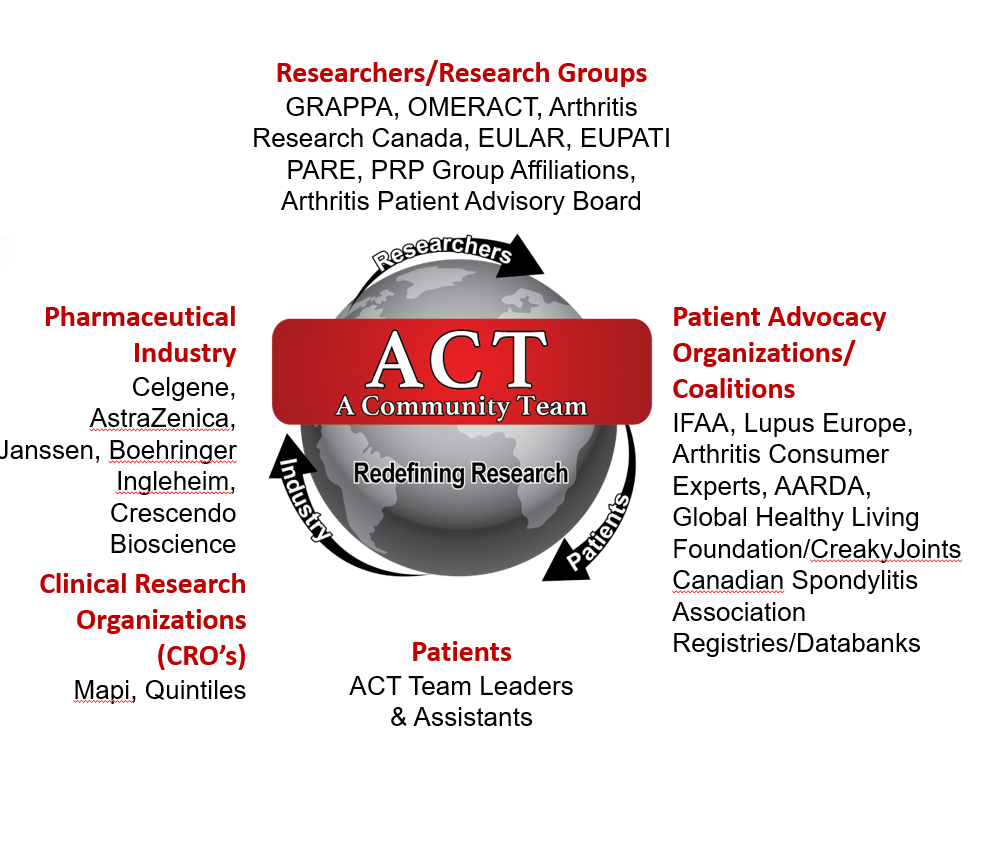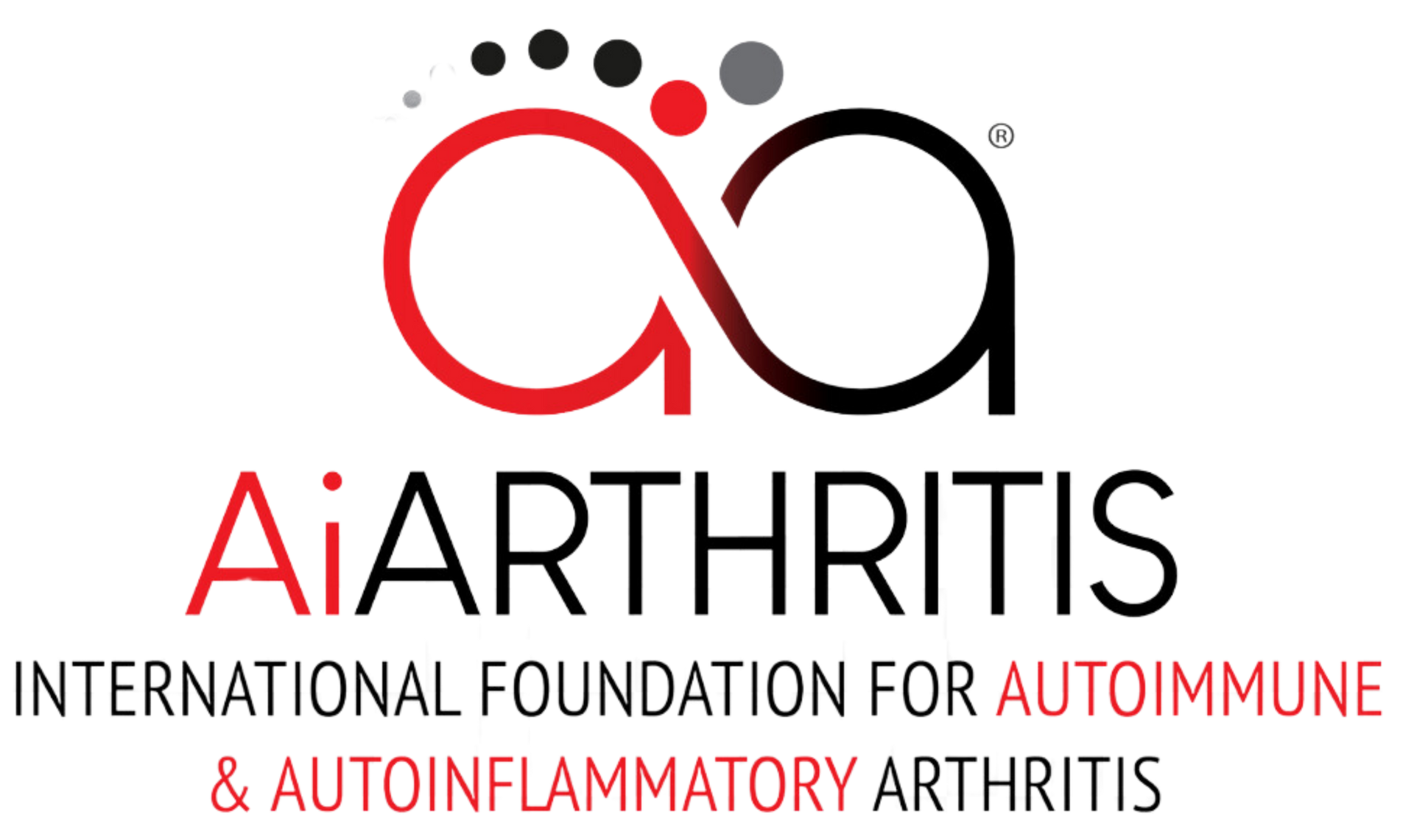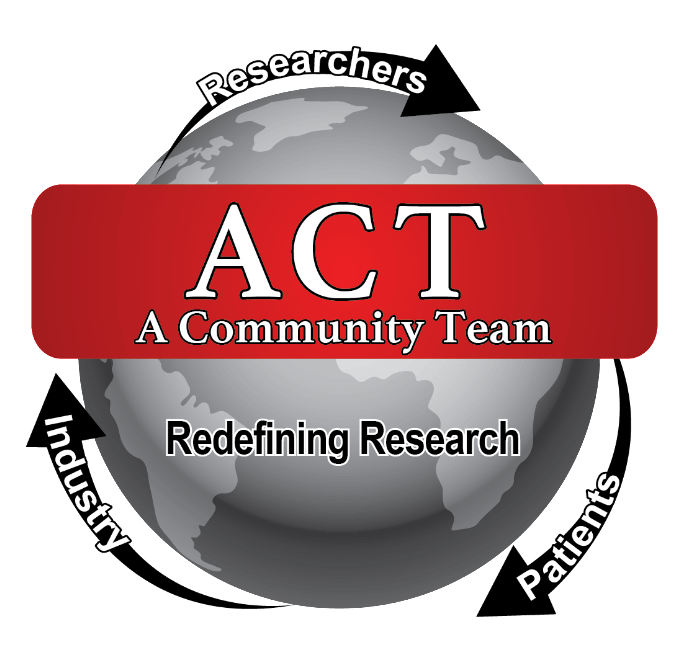A Community Team (ACT)
A Community Team (ACT) was one of three winners, and the only immunology winner, in Celgene’s 2015 Innovation Impact Awards. This planning project aimed to test and develop new collaboration strategies to enhance engagement between industry, researchers, and a global pool of patients to improve endpoints, expedite processes, and better utilize research dollars in the early drug development phase (pre-clinical trial) of the rheumatology Research & Development (R&D) continuum.
A second objective was to ensure that all patients have the opportunity to engage in various research initiatives with different stakeholder groups regardless of geographic location, disease limitations, or former advocacy experience. To help encourage community participation and save project costs, our organization tested a new methodology that placed patients in lead research roles with expert research professionals as their advisors.
This initial project included patients diagnosed with Psoriatic Arthritis and/or Ankylosing/Axial Spondylitis,
co-morbidities accepted.
ACT was divided into three phases: the online Hub, ACT Live, and the Roundtable.
Phase One: the Hub
The primary goal was to develop a flexible, online platform that would increase collaboration between industry and a global pool of patients - without crossing regulatory boundaries - and to expand engagement to include
all
patients, regardless of geographic location, disease limitations, or prior advocacy experience. A special focus on creating a "flare-free" research protocol was considered. A strong focus was on identifying methods and procedures to improve engagement in a population that requires flexibility.
To save research dollars, our organization tested a new methodology,
which put patients in leadership roles with experts as their advisors. We theorized that if persons living with these diseases were professionally trained, they could lead a focus group without allowing their personal opinions to bias the results. In addition to the professional analyst, a patient with experience in qualitative research also reviewed the transcripts to determine if any important discussion threads could be identified if viewed by a person living with these diseases.
While a series of focus groups were conducted inside the Hub, its primary purpose was so our organization could test the functionality of the platform, the effectiveness procedures, and the success of the new methodology used.
Phase Two: ACT Live!
The primary goal of ACT Live! was to further review barriers and benefits associated with patient-research engagement, per the following stakeholder groups: industry, non-pharmacologic researchers, nonprofit advocacy organizations, and patients with various levels of patient-research collaborative experience. Non-pharmacologic researchers and nonprofit advocacy organizations were interviewed during the American College of Rheumatology (ACR) 2016 Annual Meeting, which were streamed live to Facebook so patients from all over the world could participate. Due to regulatory barriers and internal policies, industry was not able to participate in the open forum of ACT Live, so separate interviews were conducted.
Phase Three: The Roundtable
Our organization hosted an online, interactive meeting with stakeholders from around the world, all identified as leaders in patient-research engagement, to discuss the history of collaboration and associated methodologies and to determine future best practices as the landscape evolves and new parties enter the space.
(Photo: Stakeholders invited to Roundtable)

Results
The Hub
View Project Report
Our organization successfully designed a platform that enabled all patients - regardless of geography, previous advocacy experience, or disease limitations – to participate in research discussions. The regulatory issue was eliminated by having our organization serve as a communication "bridge" between the patient community and industry representatives. Participants were contacted post-research to help us understand what worked, and what needed improvement, as the Hub is built out for use in the next phase. For example, we tested different research group sizes, provided options to submit answers post-session, and grouped participants on teams.
Patient leaders. By using research professionals as advisors, with our organization and other patient advocates in lead roles, focus group engagement and retention was high and the potential for cost savings was realized. The quality of the data was robust, as patient moderators were able to successfully probe conversations to deeper levels. Additionally, adding a patient to the qualitative analysis team proved beneficial, as key themes were identified that were not realized using software and review by non-patients.
Using a patient as a focus group moderator was also tested at OMERACT (Outcome Measures in Rheumatology) 2018 by our organization's CEO - and ACT Project Manager/Patient Researcher Liaison. The quality of the data was so robust that the methodology was highlighted at the close of the meeting as a new approach to research that should be replicated.
Research.
It was clear in the analysis reatment decision drivers were highly driven by the duration of disease, delay in diagnosis/treatment, dual diagnosis/co-morbidities and access to treatments (healthcare systems), there is a need to explore patient subgroups, particularly those who present ‘atypical’ (“Typical Atypical” subgroups).
ACT Live!
As a result of ACT Live, we realized that as more people join existing stakeholder groups, and experience advances, levels of expertise are developing. This, in turn, is creating ‘subgroups’ within the original groups (i.e. Patient/Novice, Patient/Sophomore, Patient/Advocate, Patient/Advanced, Patient/Expert, Patient/Professional Researcher ), which will inevitably influence project design and patient selection. Additionally, we noted not all those participating in the space, regardless of stakeholder group, were using the same terminology, nor were they all aware of important projects and/or publications completed by those outside of their own affiliation; as more people enter the space this could cause confusion, failure to longitudinally measure the value of patient-research collaboration, and a duplication of efforts.
Roundtable
As a result of the Roundtable, our organization was able to draft a timeline of patient-engagement in rheumatology research (1998 - 2017), begin to track current methods and terminology currently in use, and establish preliminary recommendations for determining when to establish a ‘new method’ or expand on an existing one.
During the session, it was realized that even among the most active in patient-research collaboration projects, universal verbiage and project sharing is lacking. Not only could this cause confusion as new parties enter the collaboration space, but it can negatively affect efforts to collectively measure the value of incorporating patients in the research process. Failure to track important initiatives can lead to a duplication of efforts, resulting in wasted time and research dollars.
Guidance and reference materials will become particularly important as “patient-centered” efforts continue to popularize as new parties enter the space. Attendees agreed there is a need to form an alliance of individuals to preserve the history of patient engagement and to track the evolution of terminology and methodology so efforts are not duplicated, the value of engagement can be measured, and barriers and benefits of new stakeholder subgroups (i.e. patient levels) can be identified and used to advance innovation. These individuals should include one expert representatives from each major stakeholder group and/or organization pivotal in advancing patient engagement in research, and led predominately by the patients who have paved the way for future generations of patient voices.
As a result of the Roundtable, an official ACTion Council was formed to continue working on issues identified during the meeting. Learn more about the ACTion Council





